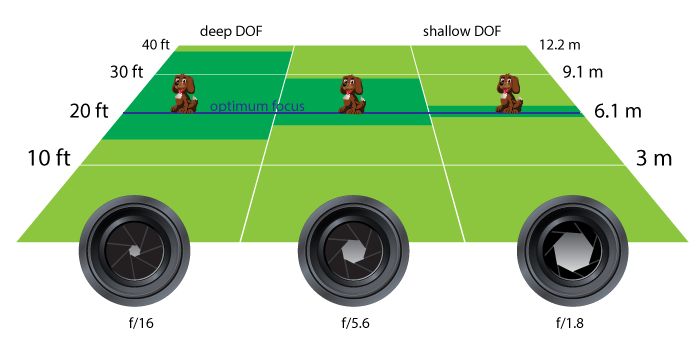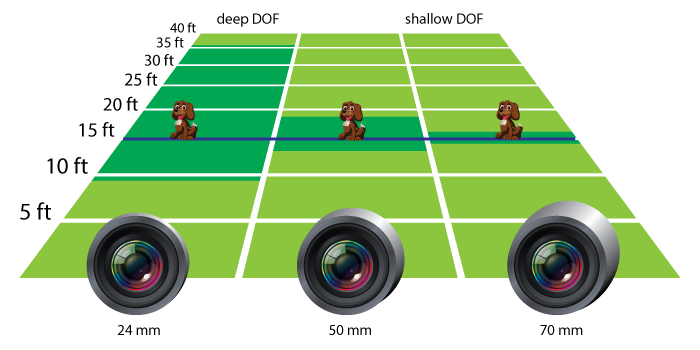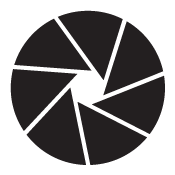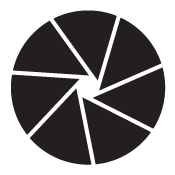Depth of Field (DOF) is the area (front-to-back zone) in which the image is razor sharp.
Generally, at least one area in a photograph should be in focus. It can be a center of interest or the entire image.
As soon as the subject falls out of this range, it begins to loose focus at an accelerating degree the farther out of the zone it falls.

Depth of Field can be SHORT (Shallow) or LONG (Deep).
With any DOF zone, there is a Point of Optimum Focus in which the object is most sharp.

Depth of Field can be controlled by:



















